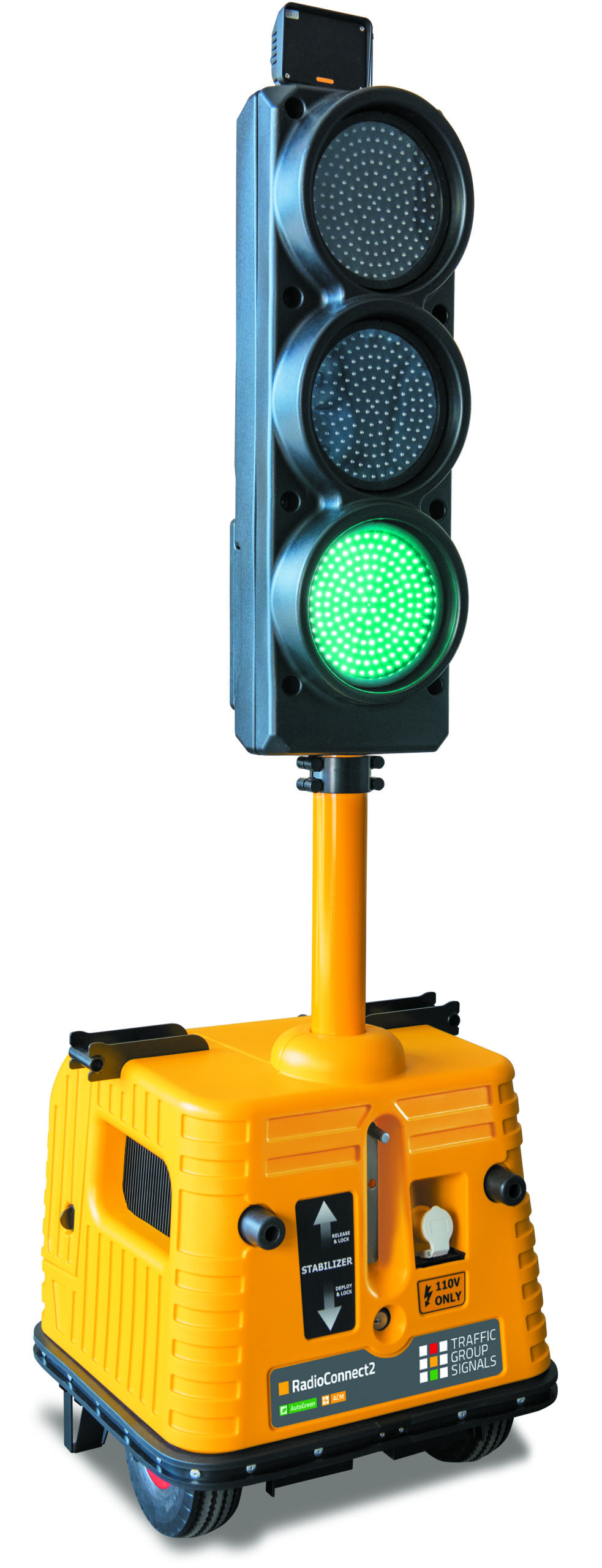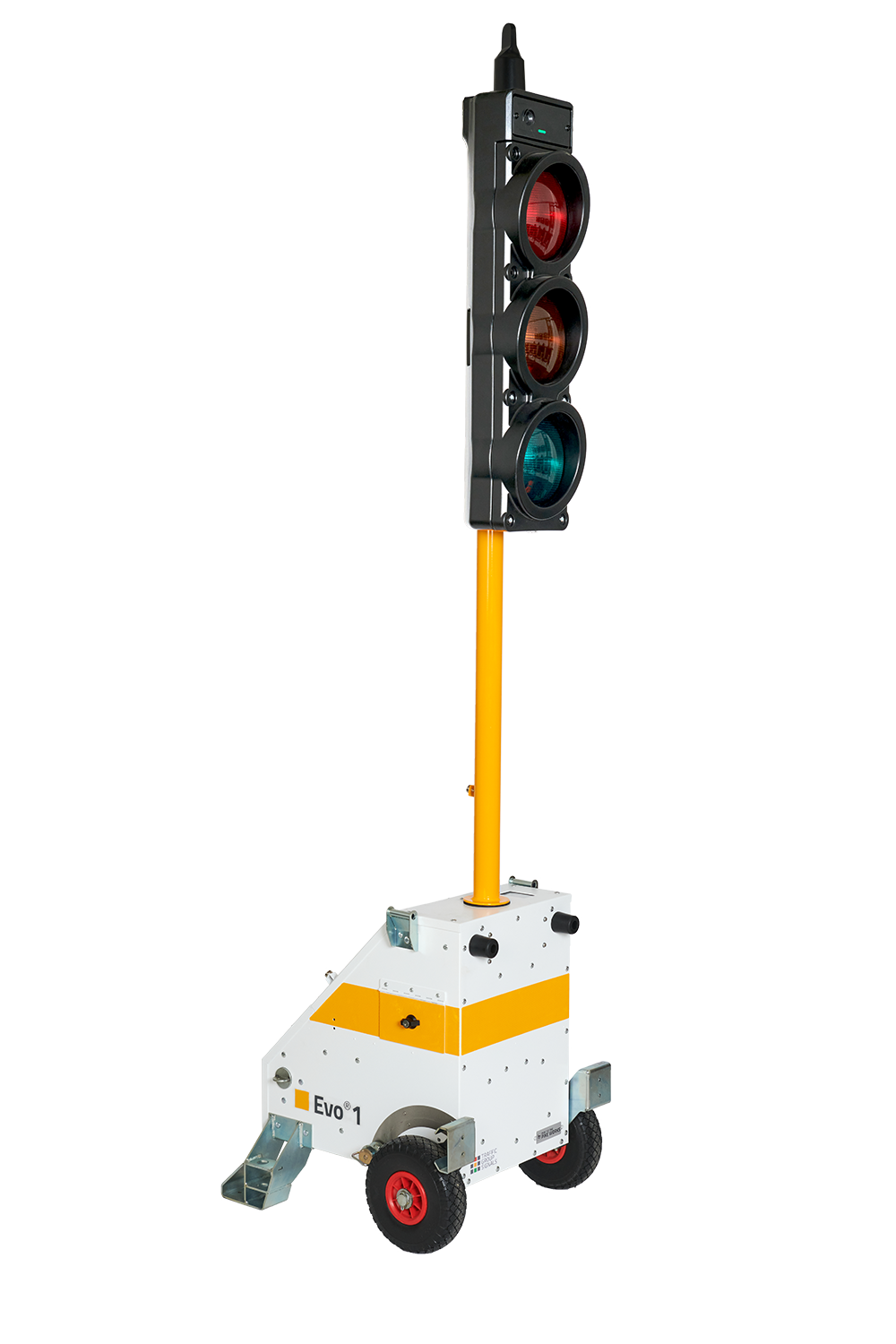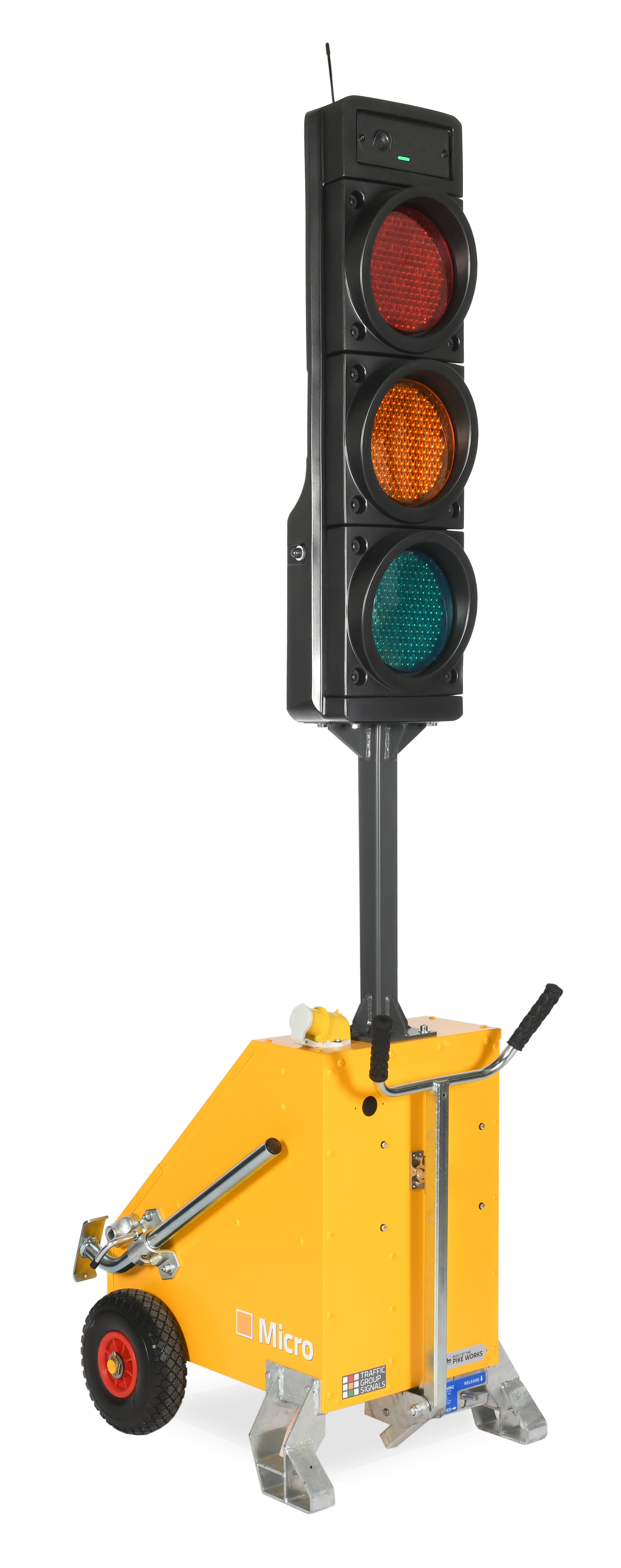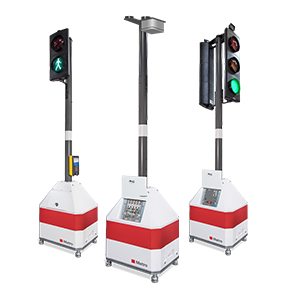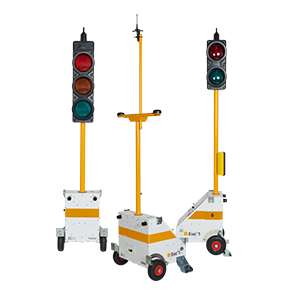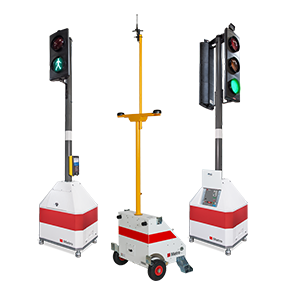It is commonplace to find sites where all traffic passing through the junction must pass over the same single lane of road space within the junction. There are also circumstances where temporary works within or close to a junction can be performed in such a way that shuttle working arrangements are not required across the entire junction.
In such cases, the junction is required to operate in a full or partial shuttle working arrangement.
Full Shuttle Working Junctions
Where there is a requirement to work in the road at a location that is within or very close to a junction, it becomes necessary to signal the complete junction in order to allow works to be performed.
For this style of signalling, each approach to the junction receives green in turn in order to allow vehicles to employ the shuttle and get across the junction.
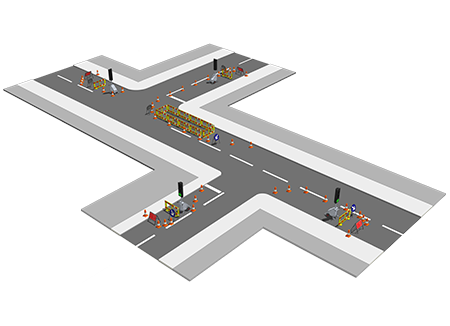
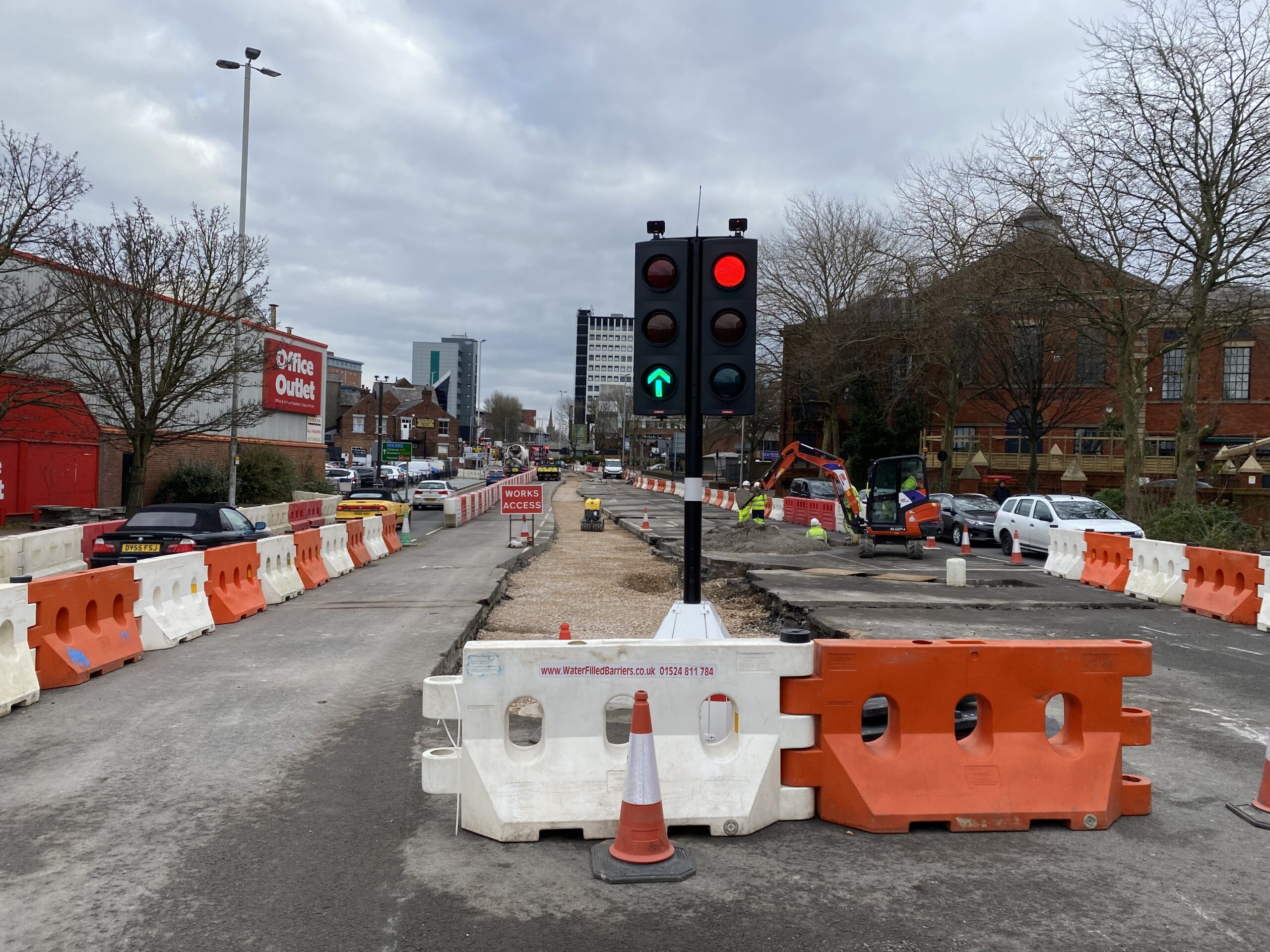
Partial Shuttle Working Junctions
In many cases, temporary works within or close to a junction can be performed in such a way that shuttle working arrangements are not required across the entire junction.
That is to say that some areas within the junction can support two-way traffic.
The nature of these sites is such that their layout allows them, in theory, to be signalled in a more efficient manner than junctions that require full shuttle working.
Challenges
Sites with shuttle working junctions are typically located within urban environments, where there are greater levels of infrastructure along with higher traffic volumes. These sites may also be deployed for longer, due to the additional constraints posed for contractors.
With this comes a number of different challenges which affect the smooth running of the site.
-
1. Radio comms interference
Urban environments often have significant sources of radio interference present.
As the number of signal heads in the scheme grows, so does the risk of failure due to radio communications issue. This is simply down to the fact that the Master controller needs to communicate successfully with more Signals and at all times.
A signal failure in a critical location can have dramatic consequences for the local road network.
-
2. Inefficient phase cycling
Shuttle working is inherently inefficient.
Only one phase receives green at a time and the proportion of time spent at red, clearing traffic ready for the next phase can be very significant.
Cycle times can become unworkably long leading to frustration and non-compliance by road users.
Inefficient signalling can cause traffic to tailback, leading to congestion in and around the site.
Even in partial shuttle working junctions, the opportunities for efficiency are not realised due to the simplistic nature of phase-based signalling.
-
3. Phase-based signalling is too simplistic
The fact that some areas within a junction that can accommodate two-way running opens up opportunities for efficiency however these may be difficult to access using the simple phase-based master controllers found in portable signals.
Conventional controllers often provide facilities for ‘linking’ phases together, thereby allow for example both directions of a main road to run together. This is very much only a partial answer however. There are many more efficiencies that can be achieved.
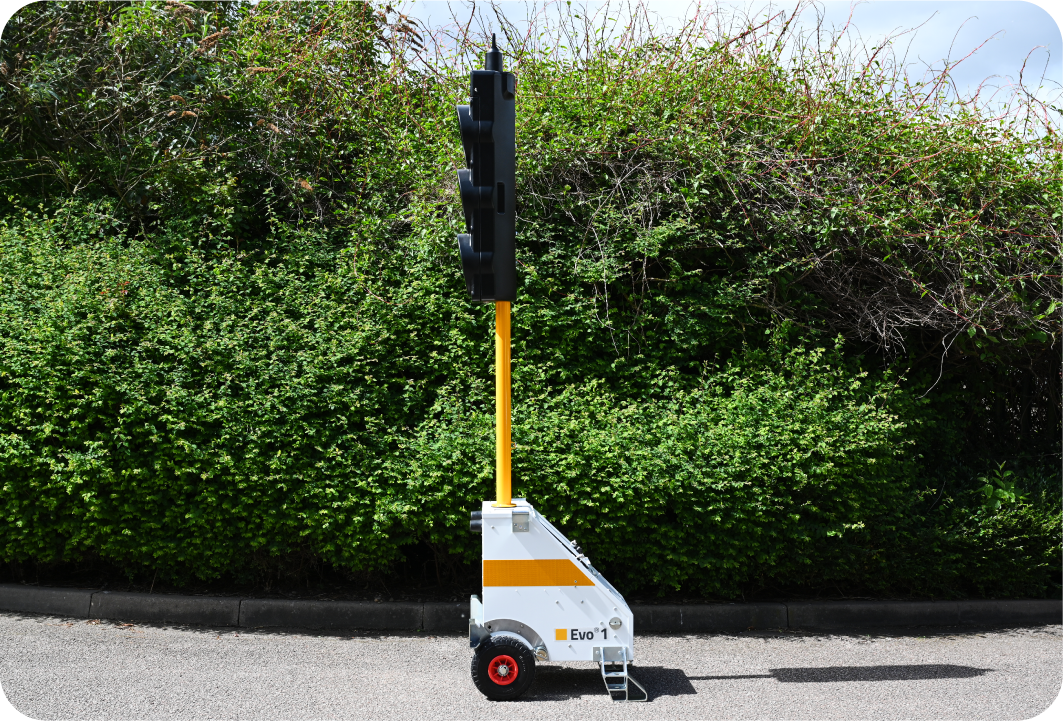
Making Streetworks Greener.
Our signals have been specifically designed to minimise congestion at shuttle working junctions through advanced signalling and detection methods.
By using our advanced systems, traffic managers can achieve a traffic flow enhancement of 18-30% leading to savings of approx. 3 tonnes of CO2 per day.
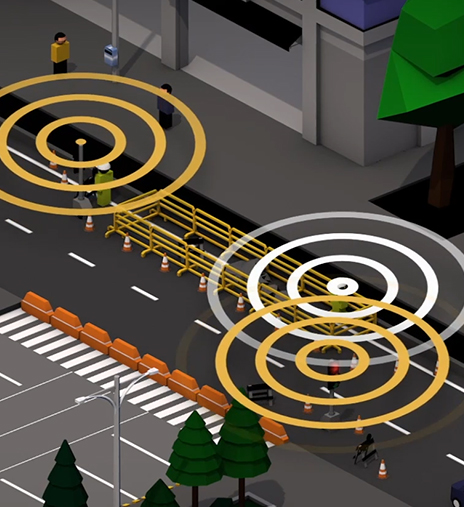
Active Channel Management
TGS products equipped with Active Channel Management (ACM) technology offer the most reliable radio communications. ACM automatically monitors the radio spectrum and seamlessly changes radio channel when a nearby source of interference is identified.
Additionally, ACM provides diagnostic information on the quality of radio communications to allow system performance to be proactively monitored rather than waiting on a failure.
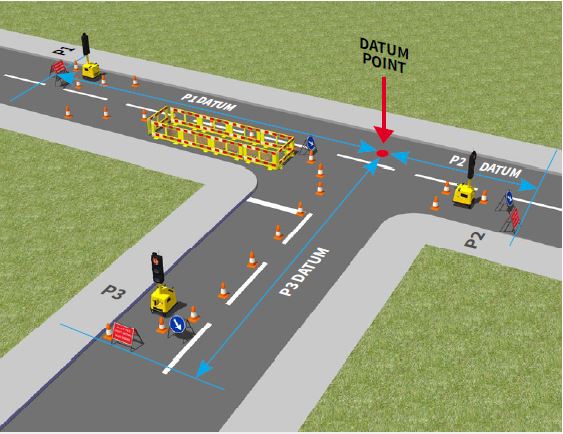
Datum Red Times
Finally, a number of TGS products support ‘Datum Red Times’. Datum is a more efficient method of setting red times on sites of this nature as the geometry of the site layout becomes better understood by the traffic signals. This allows the signals to avoid wasted red time and thereby increase traffic flows.
At more complex sites, use of the Evo1 Pro or Metro Pro provides for even more red time savings through the use of a full intergreen matrix.

